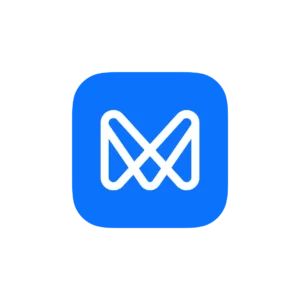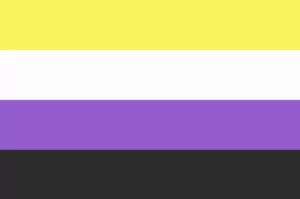Open banking is a hot topic these days, but depending on which side of the Atlantic you’re on, there are some large differences in the ways these markets are handling this innovative sector.
As Head of UK at Plaid, Keith Grose understands the differences between these markets better than most. He joined me on the show today to help untangle open banking.
What we talked about:
- The transatlantic differences in open banking
- The difference between open banking and open finance
- The COVID-19 effect on open banking
Why open banking differs by location
Plaid is an open banking platform. They connect to more than 13,000 banks across the US, Canada, the UK, and Europe, standardizing that access across different implementations and regulatory environments while providing a single API for Fintech developers to build banking use cases into their products and services.
So, you may be wondering: If one of the reasons for open banking is to standardize, why are there differences between regions?
Well, as you may have suspected, it has to do with the banking structures of each region, which each have positives and negatives.
“The US is five years ahead of Europe in terms of the possibilities of open banking, since it’s market driven, while Europe and the UK are five years ahead of the US in terms of the ease of starting an open banking company.”
— Keith Grose
In the US, there are far more banks than there are in most individual markets and it’s far less concentrated, which means there is a long tail of communities any platform would need to cover.
This makes for an extremely difficult barrier to entry for most startups. However, the market-driven nature in the US leads to a massive proliferation of companies exploring the possibilities of open banking.
In the UK and Europe, there is a much more competitive setup for an early-stage startup due to regulations encouraging it.
The difference between open banking and open finance
Simply put:
Open banking is based around your current or checking account. It’s the ability to connect to a variety of services around that account.
“Open banking is a classic example of something that people are probably overestimating the impact in one year, but drastically underestimating the impact it’s going to have over the next decade.”
— Keith Grose
Open finance goes a step further and centers around every other financial area of your life — mortgages, investments, pensions, etc.
The COVID-19 consideration
As with most things in Fintech COVID-19 plays a huge role in its development.
“What’s good for Fintech is good for Plaid.”
— Keith Grose
The technology may have already been there, but COVID-19 changed the way people interact with it.
For one, the pressures of social distancing has led many to seek out digital solutions who may not have pursued these solutions had it not been for necessity in a pandemic.
With people paying close attention to their financial health that can be accessed outside of a physical bank branch, the popularity of Fintech exploded.
Plus, think of the habits that have been cultivated through by people who otherwise would have avoided the technology.
Finally, the role infrastructure — and its failures — has played in the pandemic made getting loans out to small that they needed to take out to get through the crises, which even further impacts the COCID Fintech boom.
To ensure that you never miss an episode of Payments Innovation, subscribe on Apple Podcasts, Spotify, or here and don’t forget to check out our YouTube!
Until next time!
Listening on a desktop & can’t see the links? Just search for Payments Innovation in your favorite podcast player.

